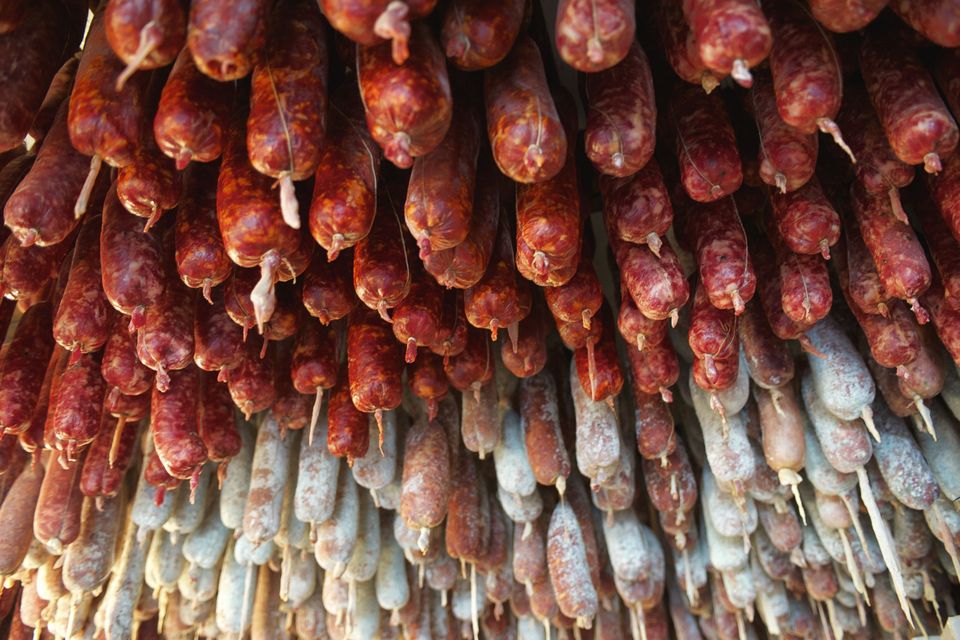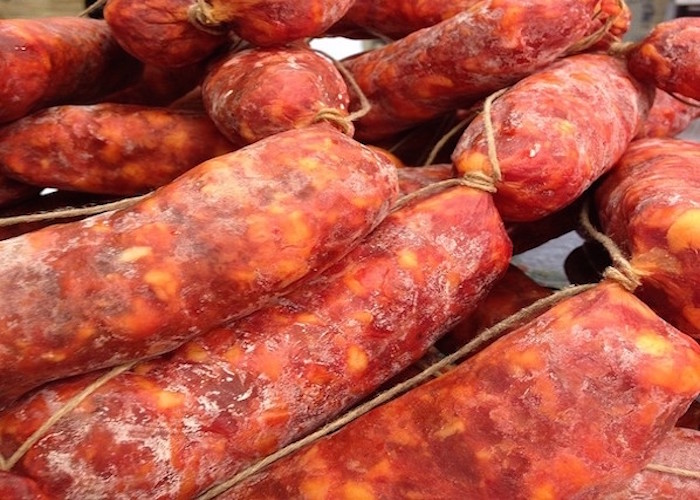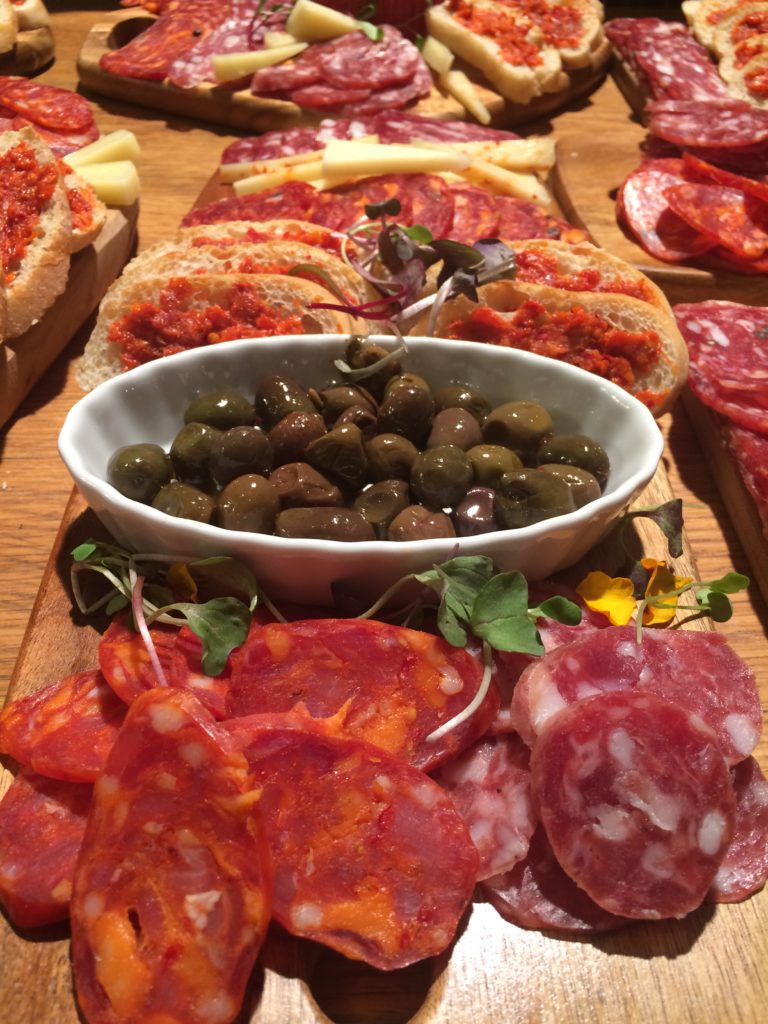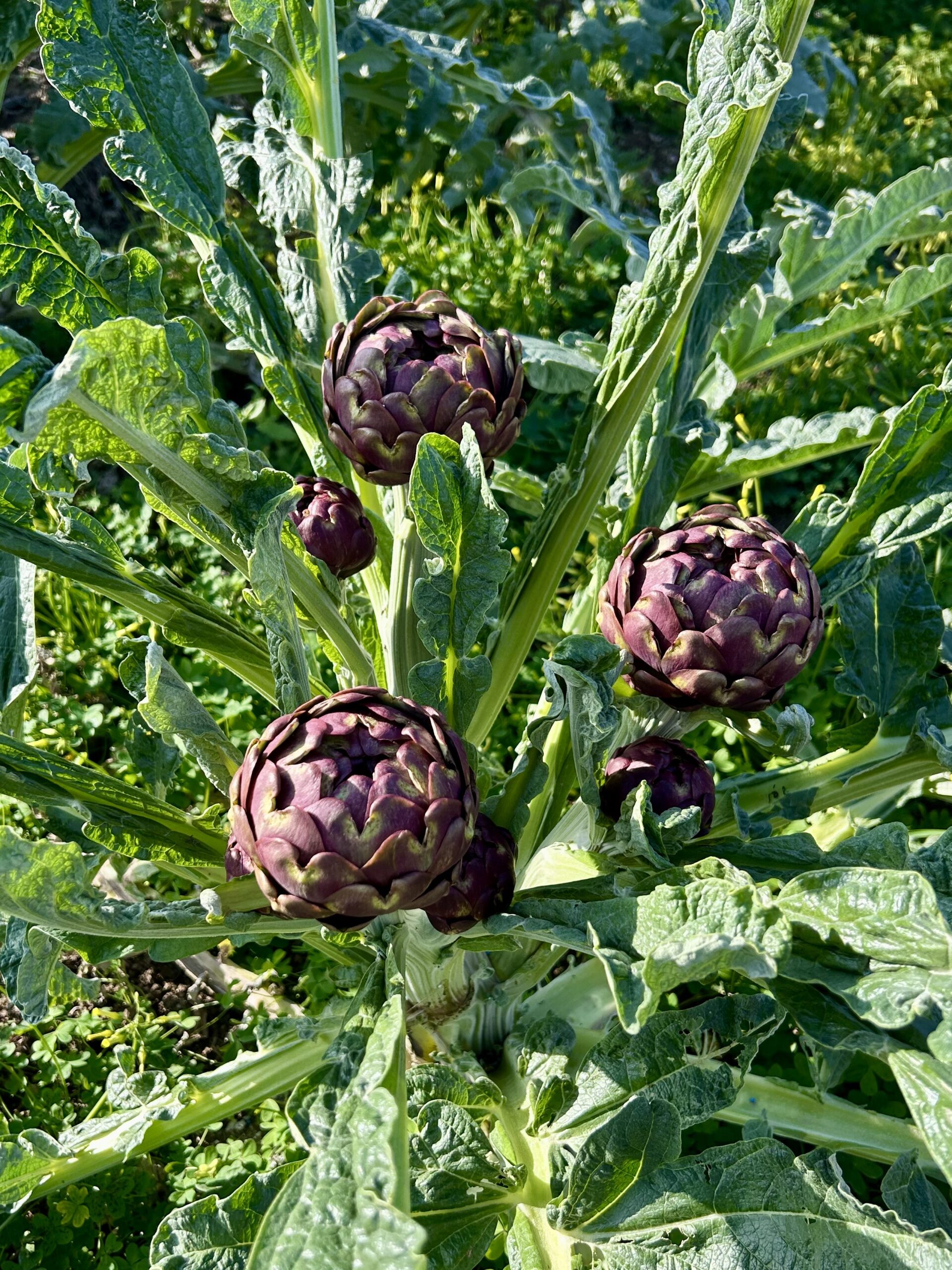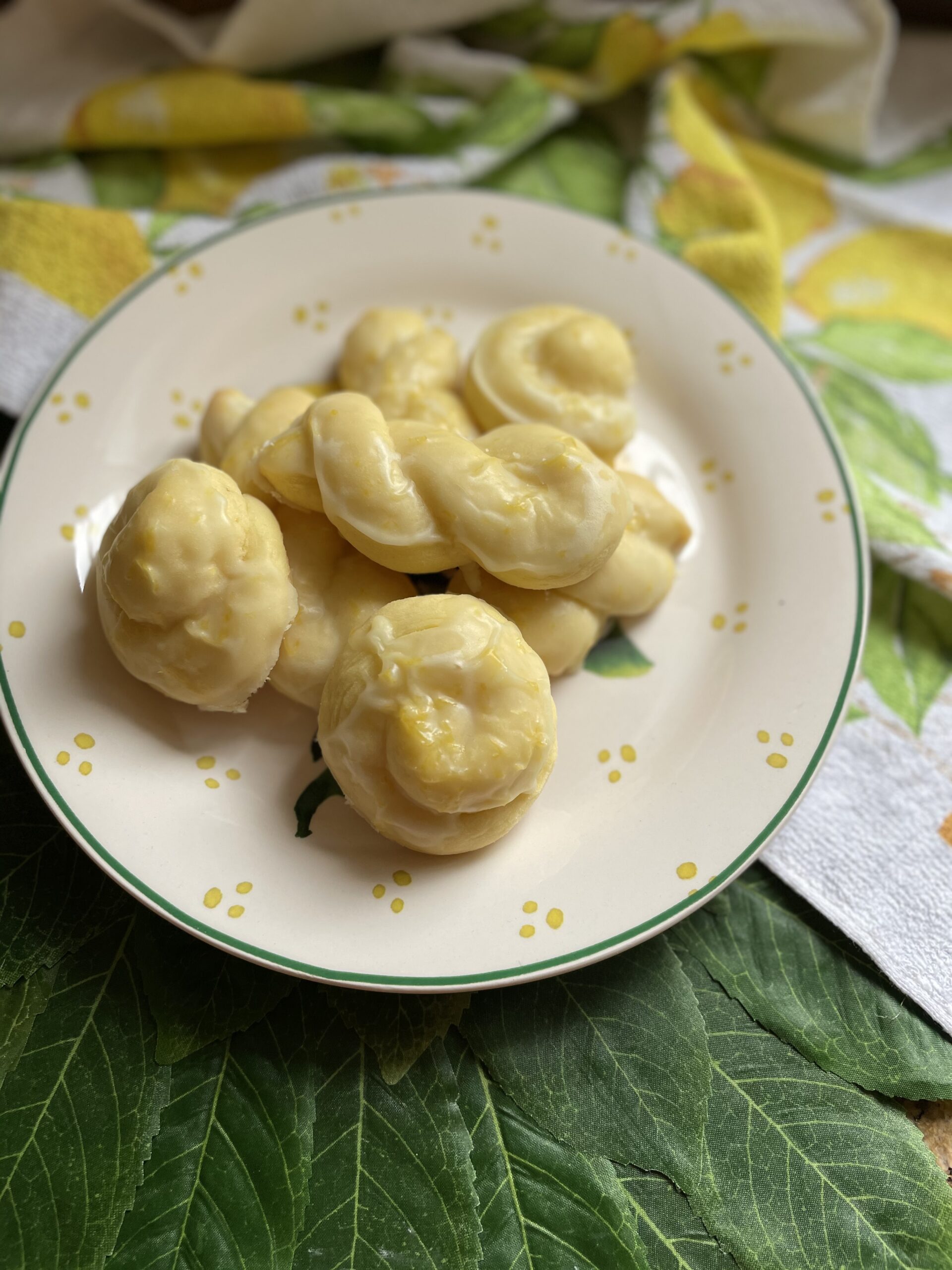*header image from makeitalyfood.com
There is a famous quote attributed to German aristocrat Otto von Bismarck stating “Laws are like sausages, it is better not to see them being made“. While I agree it is not the prettiest process, I disagree that it should go unseen or for that matter untested. My reasoning is twofold: one, it is the opportunity to control exactly what is being produced for consumption and knowing where the ingredients are coming from; and two, the fond memories that are continually created throughout this process.
Sausage making is one of the old world food traditions that my family still maintains. Driven largely by the family patriarch, we have all been present and played active rolls in an effort to master the time old technique. Like many of the traditions that immigrated to the new world with my parents, processes have been updated or omitted altogether, however, the one constant is the pride that goes into producing our homemade goods and the time we spend together as a family.
When la stagione degli insaccati (the sausage season) used to roll around in my parents hill town in Calabria it meant the time had come to slaughter the pig(s) raised by nonno on his farm in order to produce soppressate, salsicce, salametti, capicolli and prosciutti. This laborious process which involved the male members of the household was typically accompanied by other food traditions such as the making of blood pudding and firing up the caddara (large copper pot) for the frittulata (slowly cooking down the pork rind, pork fat and other less noble parts of the pig over embers of coal).
Here in North America, they don’t farm their own livestock and therefore head over to the local butcher to pick up the cuts of pork used for sausage making. Once the meat comes home we all grab our sharpest knives to slice the meat into strips which will be run through the grinder to produce a mince. The ground pork is then seasoned with black pepper; chili flakes or chili paste, fennel seeds, and sea salt for flavor (some also add tomato concentrate and wine to their mix). Once seasoned, we reserve a portion of the pork mince to make prupetti (meatballs) that will slowly simmer in the next day’s sauce and to make sausage patties that we savour as part of our post production meal.
The larger remaining portion of mince is then formed into balls that will make their way through the same hand cranked grinding machine that has now been fitted with a stuffing tub upon which the casings are placed. Stuffing is usually a two person job where one feeds the meat into the mouth of the old machine and rotates the crank, while the other holds the casing in place over the feeding tube and guides the meat filling along. And those casing are natural which means they are intestines and they are purchased in dry salted packages and soaked in warm water and white vinegar before using. Once stuffed, it’s onto another member of the family production line to tie off the long sausage coil into links. Once again we reserve a few of the fresh ones before preparing to hang them for the curing process. At the end of the proceedings we roast both the fresh sausage and pork patties over a flame that my father has been nursing in the basement fireplace and then gather round the table to taste the fruits of our Saturday afternoon labour. Accompanied by rapini sautéed with garlic and chili flakes and a classic Calabrese pepperonata we relish our first bites of the new batch, washed down by a glass of dad’s homemade vino and toasting to family
The soppressate get hung on wood racks in the cantina where they will go through the air drying process and cure over the course of two months, with periodic rotation. As part of our family tradition, a week later we get a sausage sneak peek when my father cuts a few of the links loose to fry them with eggs and we devour them with crusty bread.
Our soppressata Saturday tradition may not be for the faint of heart but it is certainly a heartwarming one that I am proud we still maintain. Buon Appetito!


